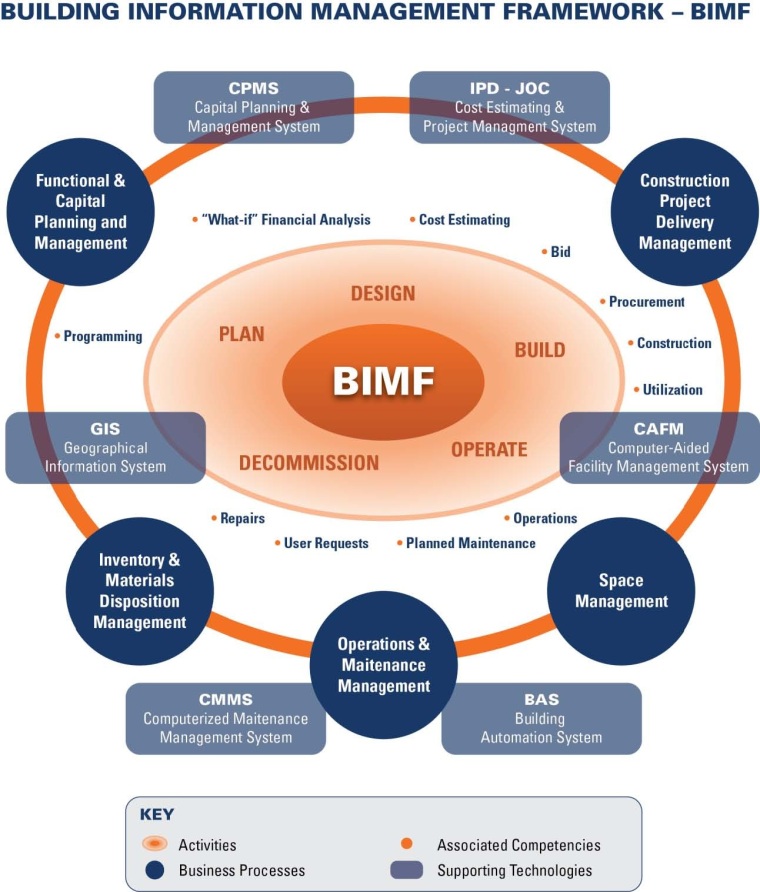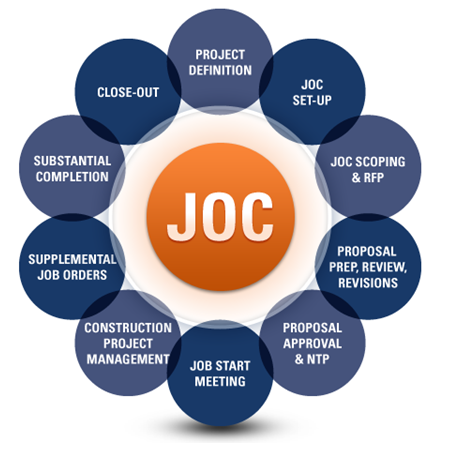|
|
|
Answers to the above: 1. The total cost of ownership of a built structure throughout all phases of conceptualization, design, procurement, construction, repair, renovation, adaptation, maintenance, operation, and deconstruction. 2. A process incorporating the ongoing, pro-active management of a built structure in order to best support the organizational mission(s) of the Owner. 3. Yes. 4. Critical. A robust ontology complete with terms, definitions, and associated inter-relationships and/or data architectures is mandatory in order to achieve efficient life-cycle management of the built environment. 5. Competency and integration of multiple knowledge domains are required: Capital planning an management (CPMS) – the ongoing assessment of physical and functional requirements and needs as well as associated capital reinvestment decision support, ongoing routine maintenance (CMMS) of equipment and building components with individual task orders typically under $10,000, space planning and utilization (CAFM), building automation systems (BAS), geographic information management (GIS) and others. 6. Total lower cost of ownership, enhanced building performance in concert with organizations needs/requirements/goals, enhanced safety, reduced risk, higher productivity … 7. Critical: Independent third party cost data, such as RSMeans, provided a check and balance vs. external vendors/service providers and internal team activities/requirements. 8. Critical: Robust, collaborative construction delivery methods such as Integrated Project Delivery (IPD) for major new construction and Job Order Contracting (JOC) for renovation, repair, sustainability, and minor new construction are integral to life-cycle management. |



 via http://www.4Clicks Solutions, LLC – Premier cost estimating and efficient project delivery technology and services – JOC, SABER, IDIQ, MATOC, MACC, POCA, BOA …
via http://www.4Clicks Solutions, LLC – Premier cost estimating and efficient project delivery technology and services – JOC, SABER, IDIQ, MATOC, MACC, POCA, BOA …

